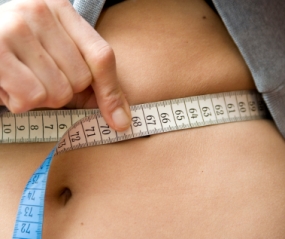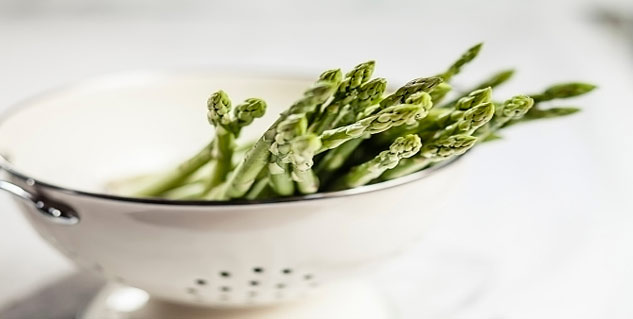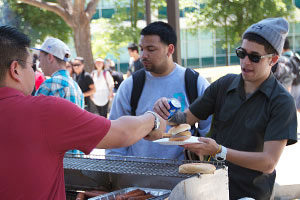Yeast Free Diet - Why a yeast free diet?
Yeast is an active bacterium that is used in many foods in the U.S. and around the world. It leavens bread, ferments beers and wines, curdles and ages cheeses, and many other roles in food production. However, pathogens in yeast are capable of building up in the body and having minor to moderate harmful effects on the skin, lungs, and other organs. Thus, many people sensitive to yeast pathogens must be prescribed a yeast free diet.
Are yeast free diets healthy and necessary?
Yeast free diets are comprised of many proteins and leafy vegetables and very few sugars or breads. Lean meats are yeast free naturally, and if prepared properly without breading or oils make for an excellent yeast free choice. Eggs, chicken, beef, pork, mutton, veil, and many other meats are all free of any yeast whatsoever. Leafy greens, such as broccoli, spinach, and brussels sprouts are all also great yeast free options.
However, sugars and some starches must be strictly avoided in a yeast free diet, as yeast bacteria content is extremely high. Almost all store bought bread is leavened with an enormous amount of active yeast bacteria. Sugary foods like fruit juices and ice cream must be avoided, as active yeast bacteria are present even after their manufacture.
Yeast free diets may seem limiting at first, especially when one learns of yeast’s presence in a major portion of the daily diet, anywhere from a slice of toast in the morning to a bottle of beer in the evening. But there are many healthy alternatives that do not skimp on taste and yet are appropriate in a yeast free diet.
-
Adults and Teens Who Eat Beans Weigh Less
Weight Loss with Beans A study unveiled today gives new meaning to the
-
How to lose stomach fat – natural and unnatural ways
Among all the fatty areas of the body, the stomach fat is the hard
-
Fast Weight Loss – Can I Change Your Mind ?
Fast Weight Loss Diets I see the term in my search logs and I guess by
-
For A Safe Weight Loss Try The Gen 129 Diet Part 1
With so many quick-fix diet and fads offered to us by the mass media p
-
Weight Loss Tips That Can Help You Lose Weight!
Weight loss can often be intimidating, but it does not have to b
-
Weight Loss Control Advice That Really Works!
It isn’t always easy to lose weight. And you may even find
- DON'T MISS
- Top 10 Natural Weight Loss Tips
- The Ultimate Weight Loss Product Guide
- How A Hemorrhoid Flare Up Can Hurt Your Life
- How Do Weight Loss Pills Work?
- Get Rid Of Love Handles -get Rid Of The Saddle Bags That Everyone Loves To Hate
- Losing Weight After 50 – How To Stay Motivated To Lose Weight
- Diet Based On Your Glycemic Index - One Of The Most Effective And Safe Weight Loss Solutions Available
- How To Lose 100+ Pounds
- Does The African Mango Diet Pill Really Work?
- 12 Mental Tricks to Beat Cravings and Lose Weight




